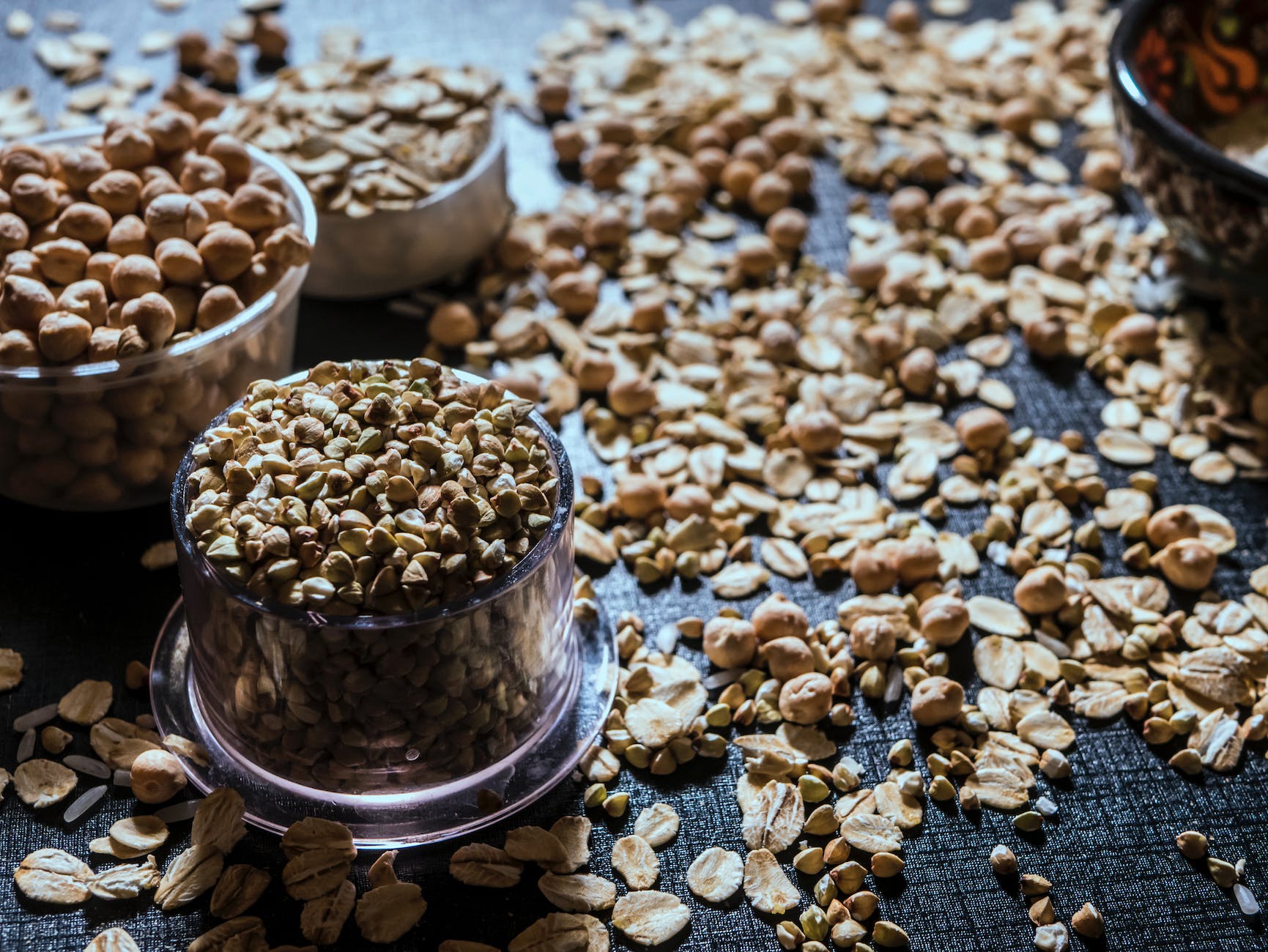
Introduction: Reducing sugar intake is a commendable health goal, but it’s often accompanied by the less talked about sugar withdrawal. It’s a real and challenging process, affecting both the body and mind. In this detailed guide, we’ll explore the symptoms, understand their duration, and discuss effective ways to manage them.
Understanding Sugar Withdrawal: Sugar withdrawal occurs when you drastically reduce or eliminate sugar from your diet. Given sugar’s addictive qualities and its role in the release of dopamine (a ‘feel-good’ neurotransmitter), your body can react quite strongly to its absence.
Common Symptoms and Their Causes:
- Cravings: The most prominent symptom, cravings occur due to your body missing the quick energy and dopamine rush sugar provides.
- Headaches: Often resulting from changes in blood sugar levels, headaches can range from mild to severe during withdrawal.
- Fatigue: Without sugar’s energy spikes, you might feel more tired and lethargic than usual.
- Mood Swings: Irritability, anxiety, or feelings of depression can arise as your brain adjusts to reduced dopamine levels.
- Digestive Issues: Nausea, bloating, and stomach cramps are common as your digestive system recalibrates.
- Concentration Difficulties: The lack of sugar can temporarily impair your cognitive functions, affecting focus and clarity.
Timeline of Symptoms:
- Initial Stage (Days 1-3): The first few days are tough, with intense cravings, headaches, and mood changes.
- Peak Stage (Days 4-7): Symptoms usually peak but start to become less intense.
- Adaptation Stage (Post Day 7): Gradually, your body adapts to the low-sugar state, and symptoms subside.
Managing Withdrawal Effectively:
- Gradual Reduction: Avoid quitting sugar cold turkey; gradually reduce your intake to ease withdrawal symptoms.
- Hydration: Drink plenty of water to help flush out toxins and keep headaches at bay.
- Balanced Diet: Focus on a diet high in protein, fiber, and healthy fats to stabilize blood sugar and curb cravings.
- Regular Exercise: Physical activity can uplift your mood and reduce cravings by releasing endorphins.
- Adequate Sleep: Ensure enough rest to help regulate mood and energy levels.
- Mindfulness and Stress Management: Techniques like meditation and yoga can help manage mood swings and anxiety.
Long-Term Considerations: Maintaining a low-sugar diet has numerous health benefits, including improved energy levels, better sleep, and potentially reduced risk of chronic diseases. Be patient and persistent, and the initial discomfort will lead to long-term gains.
Conclusion: Embarking on a sugar detox journey is challenging but highly rewarding. By understanding what to expect and how to manage symptoms, you can successfully navigate the path to a healthier, low-sugar lifestyle.
Engagement Invitation: Have you experienced sugar withdrawal? What strategies did you use to overcome it? Share your experiences and insights in the comments below – your journey might inspire someone!
Join Our Facebook Community 🤝
If you’re passionate about nutrition, wellness, and a healthier lifestyle, join our Facebook group, EatLo. We share valuable resources, experiences, and encourage each other on our wellness journeys. Click here to join the EatLo Facebook Group. Can’t wait to see you there! 🎉👋
FAQs for Sugar Withdrawal Blog Post
- What are the primary symptoms of sugar withdrawal? Common symptoms include intense cravings for sugary foods, headaches, fatigue, mood changes like irritability or depression, muscle aches, nausea, and difficulty concentrating.
- How long do sugar withdrawal symptoms typically last? The duration varies from person to person, but symptoms usually last from a few days to several weeks, depending on your body’s adaptation to reduced sugar intake.
- Can cutting out sugar cause headaches and fatigue? Yes, headaches and fatigue are common symptoms when you reduce sugar intake, as your body adjusts to lower blood sugar levels and reduced dopamine release.
- Why do sugar cravings intensify during withdrawal? When you eat sugar regularly, your brain becomes accustomed to the dopamine surge it provides. Reducing sugar intake suddenly can intensify cravings as your body reacts to the absence of this stimulus.
- What can I do to manage sugar cravings during withdrawal? Consuming foods high in protein and fiber can help manage cravings. Staying hydrated and maintaining a balanced diet with whole foods can also be effective.
- Is irritability a common symptom during sugar withdrawal? Yes, irritability is a common emotional response during sugar withdrawal due to fluctuations in blood sugar levels and changes in brain chemistry.
- Can sugar withdrawal affect sleep patterns? Yes, changes in diet and blood sugar levels during sugar withdrawal can disrupt normal sleep patterns, leading to restlessness or insomnia.
- How can I ease the physical symptoms of sugar withdrawal? Staying hydrated, eating a balanced diet, and getting enough rest can help alleviate physical symptoms like headaches and nausea. Gentle exercise and stress-relief activities can also be beneficial.
- Does everyone experience the same intensity of sugar withdrawal symptoms? No, the intensity and duration of sugar withdrawal symptoms vary greatly among individuals, depending on factors like the amount of sugar previously consumed and overall health.
- Are there any long-term benefits to enduring sugar withdrawal? Overcoming sugar withdrawal can lead to improved energy levels, better mood stability, enhanced focus, and a reduced risk of health issues associated with high sugar consumption.
Blog Tags for the Post: sugar withdrawal, diet and nutrition, sugar cravings, healthy eating, mood swings, detox, sugar detox symptoms, healthy lifestyle, managing cravings, blood sugar balance, mental health, physical health, sleep quality, dietary changes, wellness, health benefits










